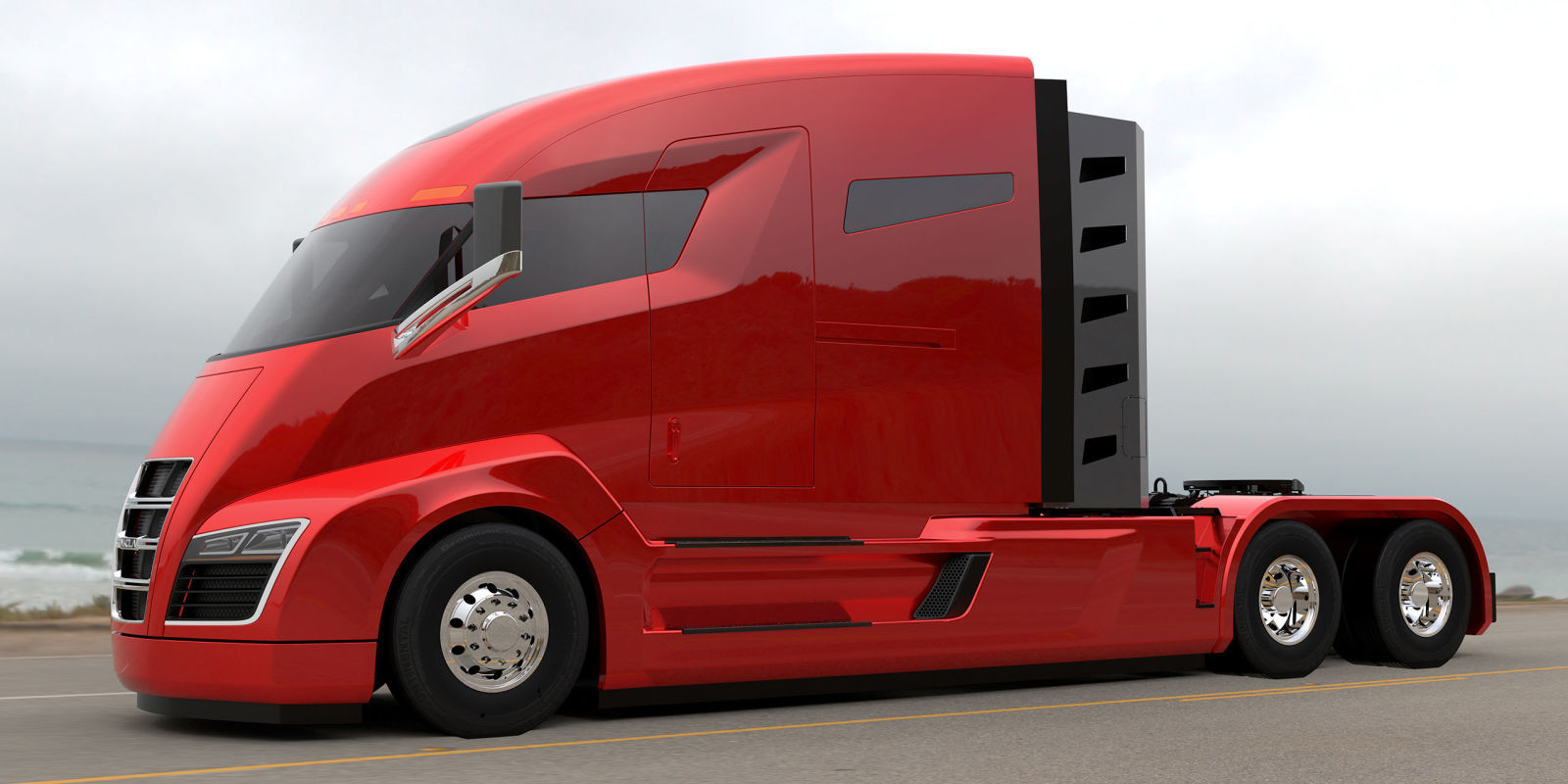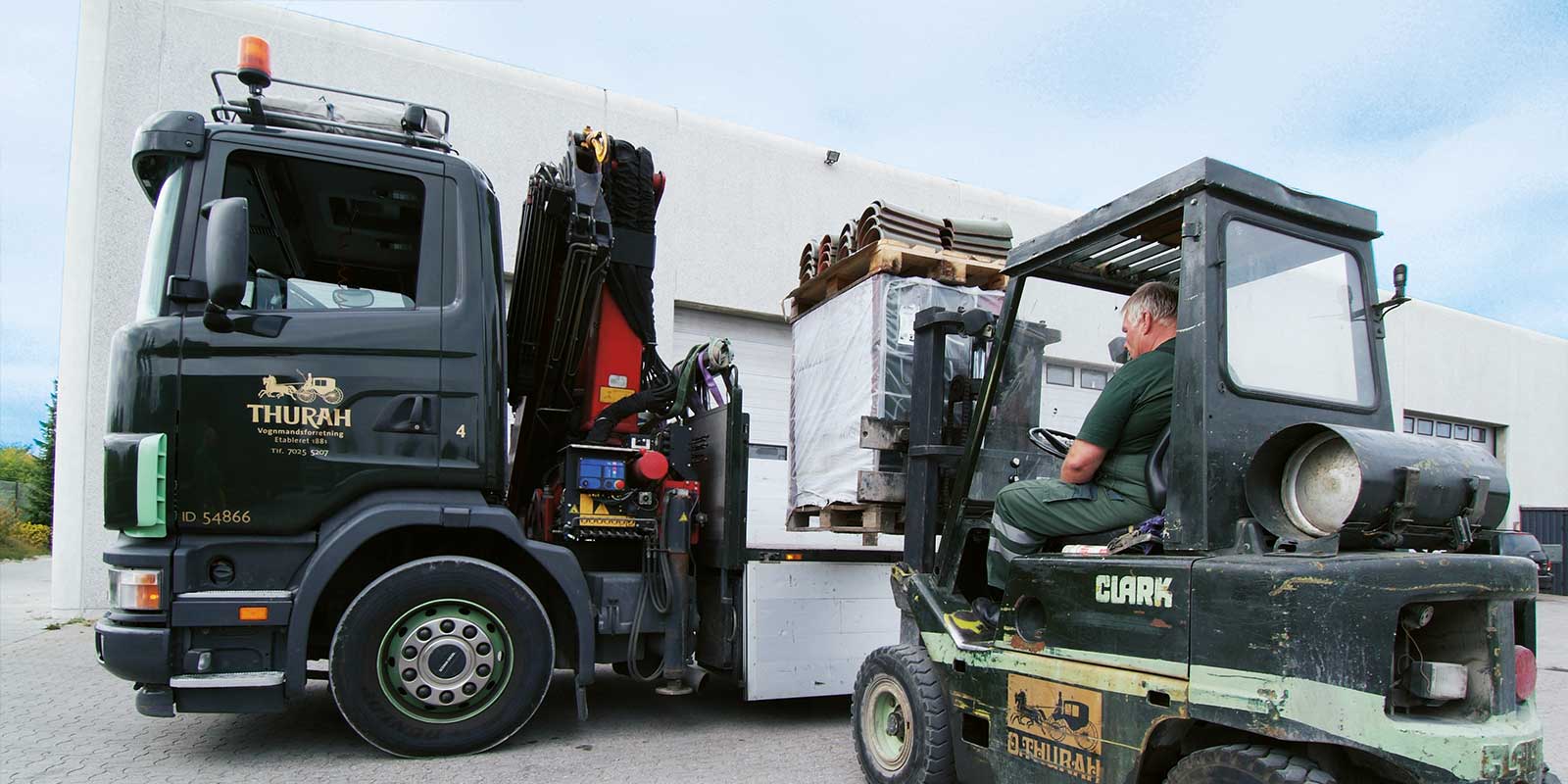GERMANY - KUWAIT - Volga-Dnepr Airlines completed the urgent delivery of a 57-tonne generator rotor from its manufacturing site in Germany to Kuwait on behalf of Siemens using one of their An-124-1
Blog
Finding a truck to haul something across the country isn't as easy as hailing a taxi or ride-share service, but it may be getting closer as peer-to-peer trucking apps start to gain traction in the industry.
Uber for trucking is officially here, and we're going to explain how it works: Commercial shippers are matched up with truck drivers looking for a job, via a mobile app for trucking services, or even web platforms.
When Uber Technologies used a self-driving truck to run a load of Budweiser beer across 120 miles of Colorado last year, the feat gave the trucking industry a g
There's no shortage of studies and analysis suggesting that robots can potentially take our jobs. But exactly how far away are we from losing our livelihoods to automation?
Uber Technologies's drive to become a major player in the trucking business is off to a bumpy start, with analysts and industry executives questioning what exactly the company can bring to the sprawling $700-billion industry.
President Trump's proposed budget for the Department of Transportation (DOT) is running into resistance from lawmakers on both sides of the aisle.
In part Five of the Trucking in the 21st Century series, we look at how apps are helping trucking companies work more efficiently, profitably, and safely.
Three other freight-matching companies share their views on the market.
The company Doft, or 'Do Freight Transportation,' is a load-matching service that is aiming to inject greater transparency and speed into freight transactions between owner-operators/small fleets and shippers.









